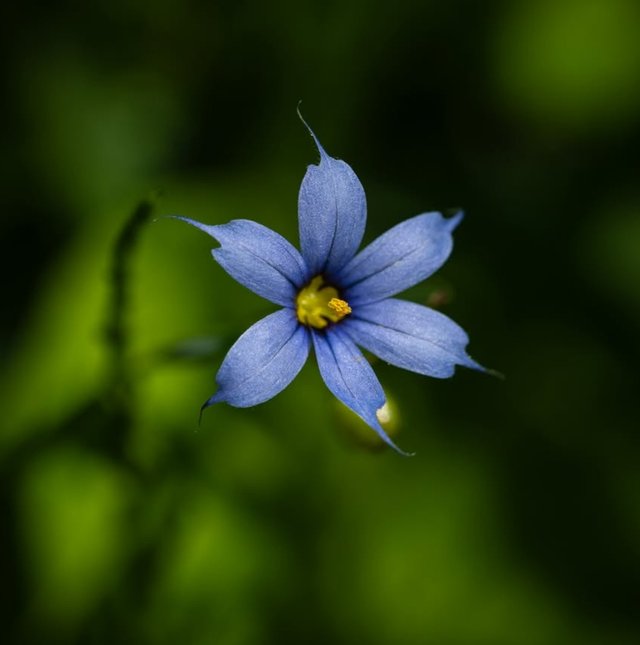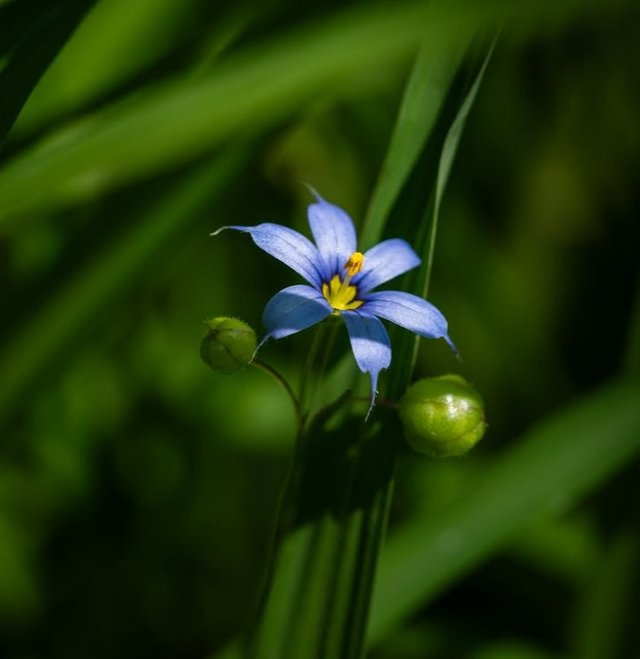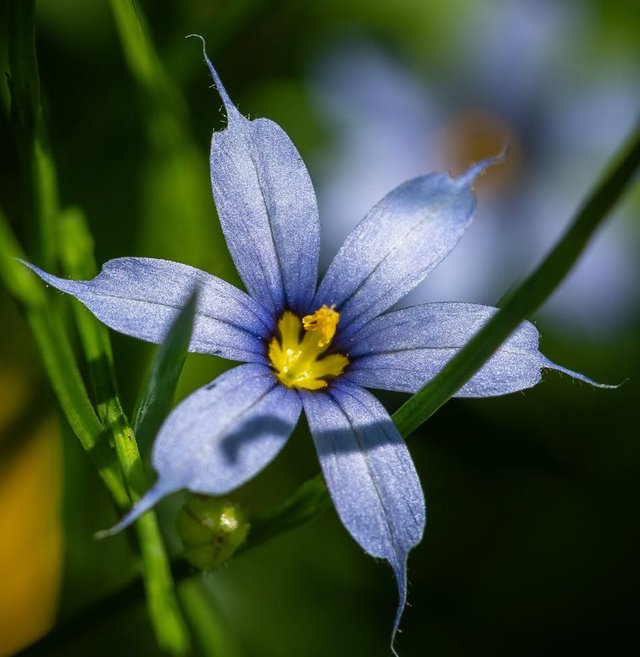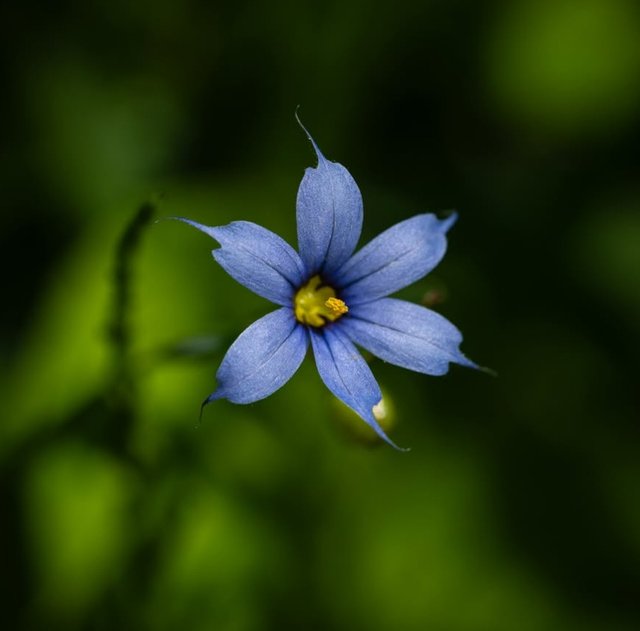Blue-Eyed Grass So Amazing Flower
Blue-Eyed Grass: The Hidden Gem of the Meadow
When we think of wildflowers, the first images that may spring to mind are bold sunflowers, delicate daisies, or vibrant poppies. But tucked away in quiet meadows, along forest edges, and across prairies throughout North America, there grows a much subtler botanical treasure: blue-eyed grass.
Despite its name, blue-eyed grass is not a true grass at all. Belonging to the iris famil, this perennial herbaceous plant is a remarkable example of nature’s understated elegance. With its grass-like leaves and petite, star-shaped flowers in shades of blue to violet, blue-eyed grass often goes unnoticed by the casual passerby — yet it offers a wealth of beauty, ecological value, and cultural history.
Botanical Overview
There are approximately 70 recognized species of Sisyrinchium, most native to North, Central, and South America. Some of the more common species in North America include:
Sisyrinchium angustifolium
Sisyrinchium montanum
Sisyrinchium bellum
Sisyrinchium albidum
Blue-eyed grass typically grows in clumps and can range from 4 inches to nearly 2 feet tall depending on the species. Its flattened, narrow leaves resemble blades of grass, hence the name. The small, six-petaled flowers usually bloom in spring or early summer and open in full sun, closing at night or on cloudy days.
Ecological Significance
Blue-eyed grass may be diminutive, but it plays a vital role in native ecosystems:
Pollinators: The flowers attract a variety of bees, butterflies, and other insects, providing an important nectar source in early to mid-season.
Native Landscapes: As a native wildflower in many regions, blue-eyed grass supports biodiversity and helps maintain the health of prairies, meadows, and open woodlands.
Soil Health: Like many native perennials, it can help reduce soil erosion and improve soil structure over time.
Because of its ecological benefits, blue-eyed grass is often included in native plant gardens, prairie restoration projects, and pollinator-friendly landscapes.




%20(8).jpeg)
Congratulations @soponsadekul00, your post was upvoted by @supportive.